Last updated on April 23, 2024

Lurrus of the Dream-Den | Illustration by Slawomir Maniak
Hybrid mana was born when Magic designers realized that the core of multicolor MTG cards was based on the idea of “and”.
Before hybrid mana, a red-green card was a card that was green and red, therefore requiring green and red mana to cast. But then designers asked: What if multicolor cards could do “or”?
That's when the concept of hybrid mana was born: a mana costs that you can pay with either of two ways.
Hybrid mana is a very versatile tool, but it can be a bit of a head-scratcher when it's involved in other mechanics that care about colors and color combinations in mana costs, like devotion or color identity in EDH.
Let's go step by step, and leave no “or” unturned to understand how hybrid mana works in MTG!
How Does Hybrid Mana Work?

Deathrite Shaman | Illustration by Steve Argyle
Hybrid mana allows a spell or ability to be paid for in one of two ways, as represented by the two halves of the hybrid mana symbol. Let's look for example at Deathrite Shaman.
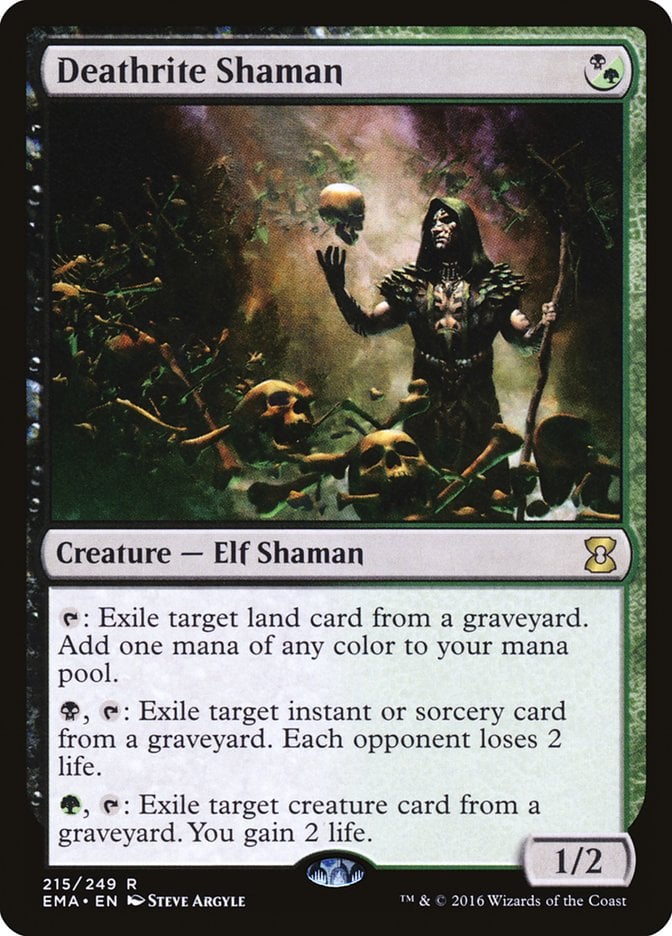
Deathrite Shaman has a hybrid casting cost of (black or green), so you can cast it using either one green mana (), or one black mana ().
Not all hybrid mana symbols are dual-colored: there are cards with mono-colored hybrid symbols, like the Beseech the Queen.
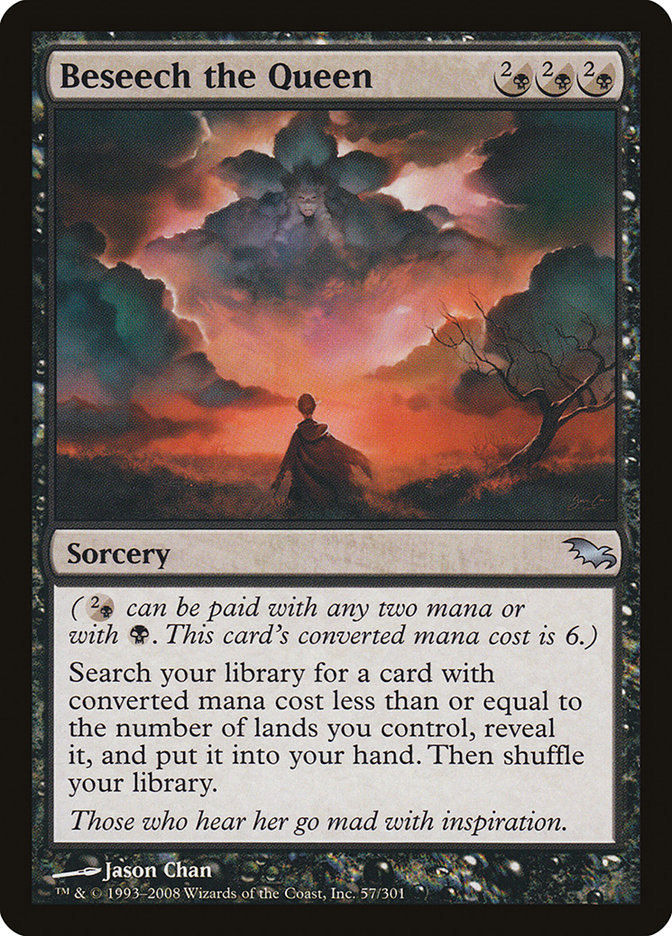
In Beseech the Queen‘s case, one way to cast it would be to pay . But you could pay , or , or . When you pay with generic mana, you can generate it in any combination you want; you could for example cast it by paying .
Last but not least, some cards can use hybrid mana to pay for their activated abilities, or as an additional cost to their triggers.
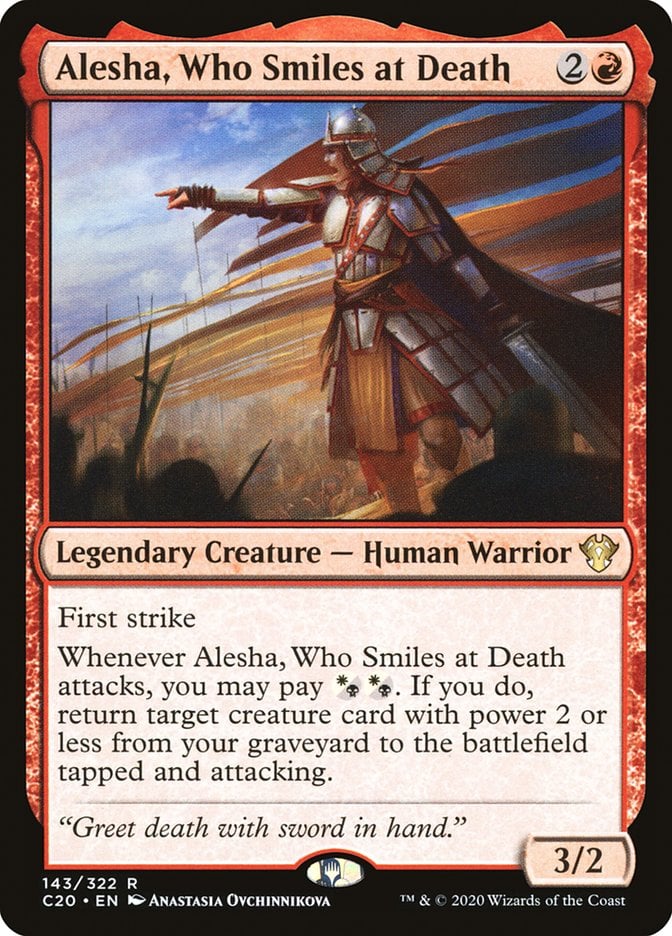
Alesha, Who Smiles at Death is a mono-color card as far as its casting cost goes (you only need and generic mana to cast it) but its ability costs : you'll have to pay either , , or if you want to put Alesha's trigger on the stack.
Some cards like Rhys the Redeemed use hybrid mana both in their casting cost and in their abilities. There are cards of all types with hybrid mana in their casting costs, including sorceries, instants, enchantments, and even a few artifacts like Thopter Foundry; the only exception seems to be battles.
The History of Hybrid Mana in MTG
If you're interested in diving deep into the history of hybrid mana I recommend checking MTG Head Designer Mark Rosewater's two-part article on the topic. Hybrid mana is the mechanic (or, as Rosewater writes, the tool) of which he’s, and he explains its history in great length. I'll summarize some of the main points.
Hybrid mana debuted in 2005, in the Ravnica: City of Guilds MTG set. 12 cards had hybrid mana casting costs, like the four guildmages:
The mechanic proved a success and reappears in a lot of subsequent sets. Hybrid mana is usually part of the identity of expansions that take place in the Ravnica plane (and as such it was prominently featured along with the disguise mechanic in Murders at Karlov Manor), but it’s not limited to that setting. Shadowmoor made extensive use of hybrid mana, as did Throne of Eldraine and Ikoria: Lair of Behemoths, and the mechanic shows up in other sets.
It's not an evergreen tool, though, but rather one that MTG designers call “deciduous”: a mechanic that they will most definitely use in some sets, but that may not show up in others, and that's usually a two or lower on the Storm Scale.
The Khans of Tarkir block is a good example of this deciduous nature, and how the design team includes hybrid mana when it fits their goals. The KTK block had a novel twist: the middle set, Fate Reforged, was designed to be drafted both with the first set, Khans of Tarkir, and the third, Dragons of Tarkir (the block's storyline involves Sarkhan going back in time, and the sets represent alternate timelines). This unique design had a unique challenge: KTK is a 3-color set, while DTK has a 2-color theme. How could this be solved?
“The answer,” Rosewater writes, “was hybrid mana. [For Fate Reforged] we created two cycles of creature cards, one legendary, that had a monocolor casting cost and a hybrid cost in its rules text.”
Are Hybrid Mana Cards Multicolor?
Not always.
If you only look at casting costs, mono-color hybrid-mana cards are very rare but do exist: there are five of them in all of Magic. They use what MTG designers call “twobrid” mana, which was introduced in Shadowmoor: a mono-colored hybrid mana cost composed of either two generic mana, or a single color, as seen with Beseech the Queen.

Magic's rules state that an object is the color(s) of the mana symbol(s) in its mana cost, regardless of what type of mana you actually use to cast it – that's why an artifact like Sol Ring is colorless, no matter which color of mana you use to pay its generic cost of . That's also why Beseech the Queen is a mono-color card: the only color in its casting cost is , so it's a black card even if you could cast it with just generic mana thanks to its “twobrid” mana cost.
Note that a card with different “twobrid” mana symbols makes said card multicolor. Reaper King, for example, is a 5-color card, even if you could cast it by using just red mana (one mana to pay its / mana, then nine mana to cover the generic costs of the other “twobrid” pips).
If instead of only looking at mana costs you look at the whole card, there are quite a few cards with mono-color casting costs that use hybrid mana in their rules text. Some notable examples include Alesha, Who Smiles at Death, Neyith of the Dire Hunt, or Brutal Hordechief.
All the cards above have a single mana color in their casting costs, and are therefore mono-colored cards: Alesha is red card (you only need and generic mana to cast it), Neyith is a green card, and Hordechief is black card. But they all use hybrid mana to pay for their abilities.
What Are the Rules for Hybrid Mana in Commander?
Commander uses color identity as a deck-building restriction, with a card's color identity being the color(s) of any mana symbols in that card’s mana cost and rules text.
In other words:
- Mana symbols in the card's casting cost define the card's color,
- Mana symbols in the card's casting cost and rules text define the card's color identity.
The above means that Alesha, Who Smiles at Death is a mono-red card (you only need to cast it), but it has a color identity since and show up in its rules text. That also makes Deathrite Shaman a dual-color card with a color identity since it has both and in its casting cost (on top of also having those mana symbols in its rules text).
Can You Have Hybrid Mana in a Mono-Color Deck?
Short answer: yes.
Longer answer: depends on the format and the card.
In Commander, if you're playing a mono-color deck (say, mono-black), all cards in your deck must have the same mono-color identity. That means that:
- Your mono-black EDH deck can include Beseech the Queen, because it's a mono-color, hybrid mana card that also has mono-color color identity, but
- You can't include Brutal Hordechief: Hordechief is a mono-black card, but its color identity is due to the in its rules text.
On the other hand, most 60-card and 40-card formats are more flexible than Commander with their deckbuilding rules, and in those formats, you can indeed add hybrid mana cards to your mono-color decks.
That's the strengths of hybrid mana: flexibility. If you're playing a 60-card format where it's legal, you can fit Ashiok, Dream Render in a mono-black deck or a mono-blue deck.
Does Hybrid Mana Count for Devotion?
It does!
The quirk here is that hybrid mana symbols in a permanent's casting cost count toward both their colors but aren't counted twice for any specific combination. Devotion cares about “pips” in the casting cost, and each pip only adds one devotion to any specific color, or any specific combination of colors, but never two.
In Ashiok, Dream Render‘s case:
- Ashiok has two pips with in its casting cost, so it contributes two devotion to black in case you want to turn Erebos, God of the Dead into a creature;
- Ashiok has two pips with , so again it contributes two devotion to Thassa, Deep-Dwelling;
- Ashiok has two pips that are or , so it contributes two devotion (not four) to Phenax, God of Deception.
Best Hybrid Mana Cards
Lurrus of the Dream-Den
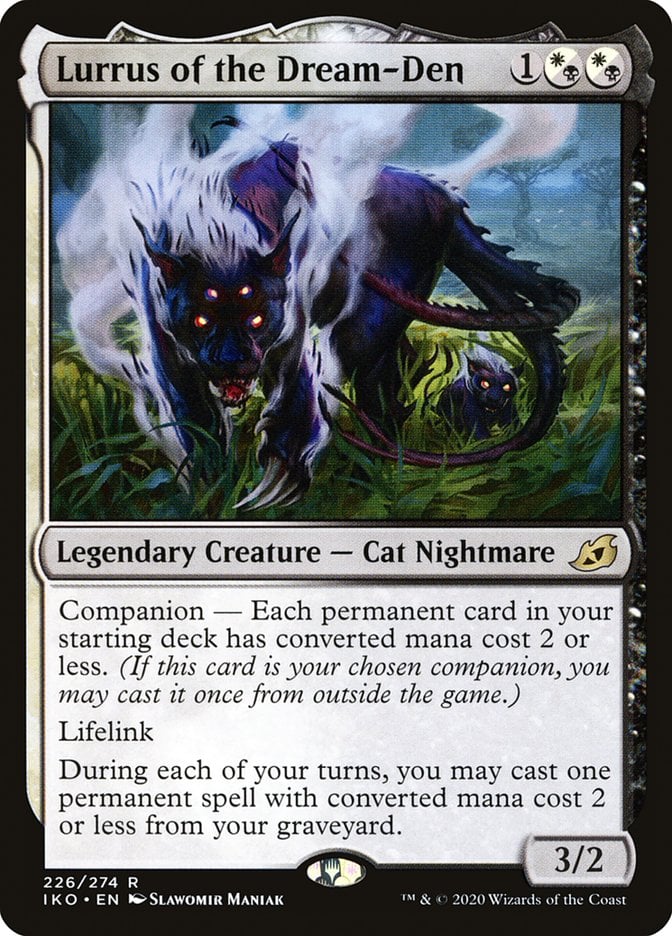
If we measure a card's power by how many formats it broke, Lurrus of the Dream-Den is paws down the most broken of the hybrid lot. As soon as it was unleashed, this nightmarish kitty made such a mess that WotC had to promptly ban it from Explorer, Pioneer, Modern, and Legacy. Lurrus is still on the loose and causing much mischief in Vintage, and it sees quite a bit of Commander play as a 99-er.
Deathrite Shaman

Deathrite Shaman is the most popular card in Commander with a hybrid casting cost, and it's not too far behind Lurrus when it comes to breaking formats: WotC had to banish it from Modern and Legacy.
Graveyard hate, burn and life loss for your foes, lifegain for you, a 1-mana mana dork… Deathrite Shaman isn’t just one of the best Golgari cards; it’s one of the best creatures in Magic, period.
Ashiok, Dream Render
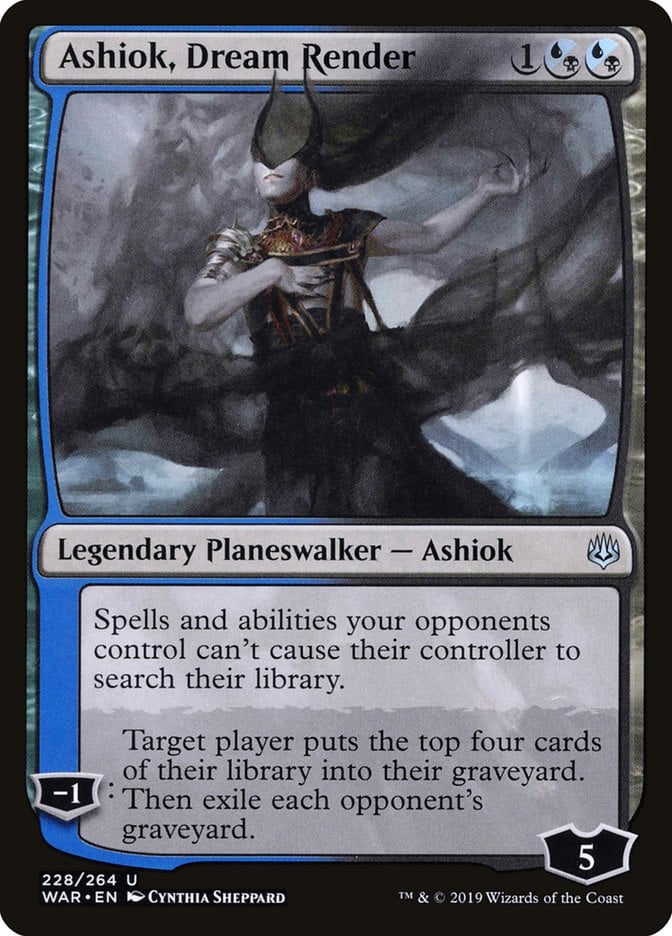
“Gee, that sure is a nice tutor effect you have there,” Ashiok, Dream Render said. “Oh, and you packed your deck with fetch lands? Would be a shame if somebody were to completely shut down any effect that lets you search through your library, wouldn't it?”
If you're fond of crushing a deck's dreams, Ashiok, Dream Render is a planeswalker you may want to consider. It's one of the best Dimir cards and only second to Deathrite Shaman when it comes to EDH popularity; your friend count may take a hit with such an annoying stax piece but, hey, can't have it all!
Alesha, Who Smiles at Death

If we include the rules text (and not only casting costs) for what we consider hybrid mana cards, Alesha, Who Smiles at Death is among the best commanders in MTG, and one of the best aggro commanders in particular. It's none too shabby as one of your 99-ers if you need it there.
Decklist: Alesha, Who Smiles at Death Deck in Commander
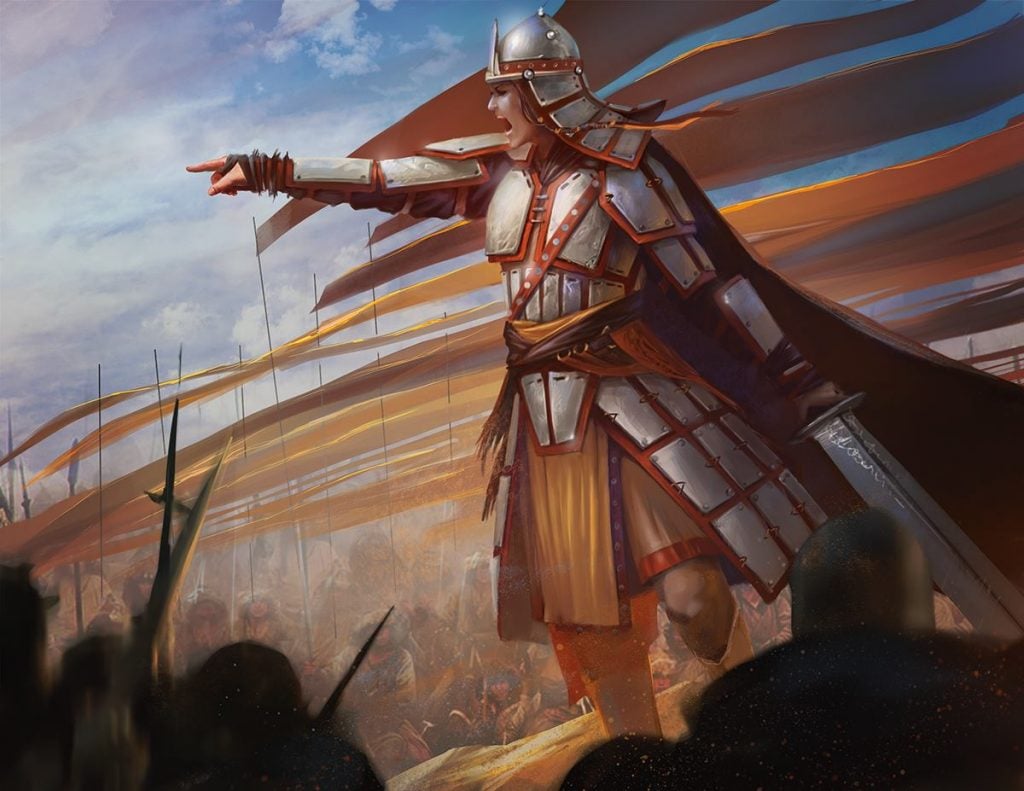
Alesha, Who Smiles at Death | Illustration by Anastasia Ovchinnikova
Commander (1)
Creature (33)
Soul Warden
Viscera Seer
Bartolomé del Presidio
Corpse Knight
General's Enforcer
Thalia, Guardian of Thraben
Zulaport Cutthroat
Ambuscade Shaman
Breathless Knight
Delney, Streetwise Lookout
Imperial Recruiter
Mentor of the Meek
Pawn of Ulamog
Seasoned Pyromancer
Village Bell-Ringer
Welcoming Vampire
Anger
Avalanche Riders
Blade Historian
Dimir House Guard
Flame-Kin Zealot
Goldnight Commander
Lim-Dûl's Paladin
Murderous Redcap
Palace Jailer
Solemn Simulacrum
Vile Entomber
Balefire Liege
Karmic Guide
Master of Cruelties
Reveillark
Serra Redeemer
Siege-Gang Commander
Instant (3)
Ephemerate
Boros Charm
Faithless Salvaging
Sorcery (5)
Bone Shards
Faithless Looting
Gamble
Buried Alive
Blasphemous Act
Enchantment (13)
Reconnaissance
Goblin Bombardment
Impact Tremors
Glorious Anthem
Goblin War Drums
Mardu Ascendancy
Martyr's Cause
Breath of Fury
Field of Souls
Glory of Warfare
Outpost Siege
Dictate of Erebos
Warstorm Surge
Artifact (9)
Sol Ring
Arcane Signet
Key to the City
Swiftfoot Boots
Ashnod's Altar
Ronin Warclub
Spear of Heliod
Tenza, Godo's Maul
Conjurer's Closet
Land (36)
Blood Crypt
Bloodstained Mire
Boros Garrison
Clifftop Retreat
Command Tower
Dragonskull Summit
Drossforge Bridge
Forgotten Cave
Maze of Ith
Mountain x4
Myriad Landscape
Nomad Outpost
Orzhov Basilica
Plains x7
Rakdos Carnarium
Rogue's Passage
Scoured Barrens
Shattered Sanctum
Smoldering Marsh
Sundown Pass
Sunhome, Fortress of the Legion
Swamp x3
Temple of Triumph
Vault of the Archangel
Wind-Scarred Crag
If you want to see Alesha, Who Smiles at Death in action, check out this detailed Alesha EDH deck guide, which uses the decklist above.
In this case, hybrid mana serves two functions: It gives the deck access to a color identity without making your commander too difficult to cast (generating is easier than generating ), and it also makes it easier to pay for its ability (having the option of paying or is better than having to pay exactly ).
This deck can be summarized in one word: speed. Alesha wants to jump into combat to attack fast and furiously, and the flexibility that hybrid mana provides helps a lot in that direction.
Wrap Up

Ashiok, Dream Render | Illustration by Uta Natsume
Hybrid mana is the MTG mechanic (or tool) that Mark Rosewater himself is the proudest of, so, let's be honest here… who am I to disagree?
Rosewater mentions that MTG designers tend to rank mechanics in a spectrum that goes from “splash” to “workhorse”, with “splash” being mechanics that most players recognize as new (and hopefully exciting), while “workhorse” are mechanics that are more low-key but nevertheless essential for a set to work. He also notes that, although hybrid mana was initially designed as “splash”, he always thought of it as more on the “workhorse” end of the spectrum.
And, as far as I can tell, that's what’s so good about hybrid mana: It's impossible not to note its “splashiness” the first time you see it (it's a different type of mana, for crying out loud!!), but it's amazing how many options it opens once you start playing with it. In particular, I'm still having a blast with it in MKM drafts, so I'd love to see hybrid mana again soon.
I hope you've enjoyed this mechanical deep dive, and if you have comments or questions please drop a comment below, or stop by the Draftsim Discord for a chat.
And good luck out there!
Follow Draftsim for awesome articles and set updates: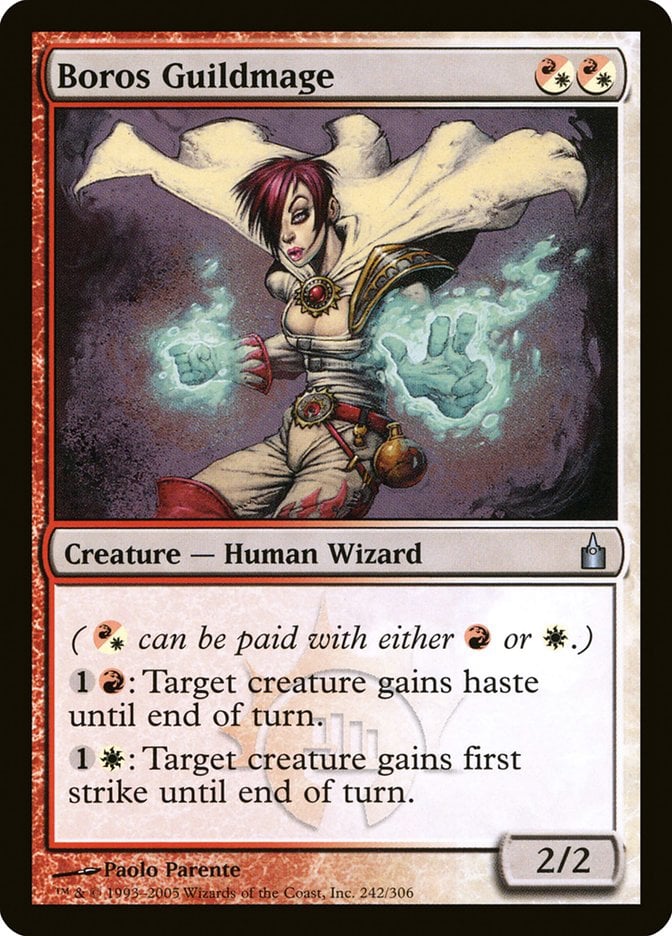
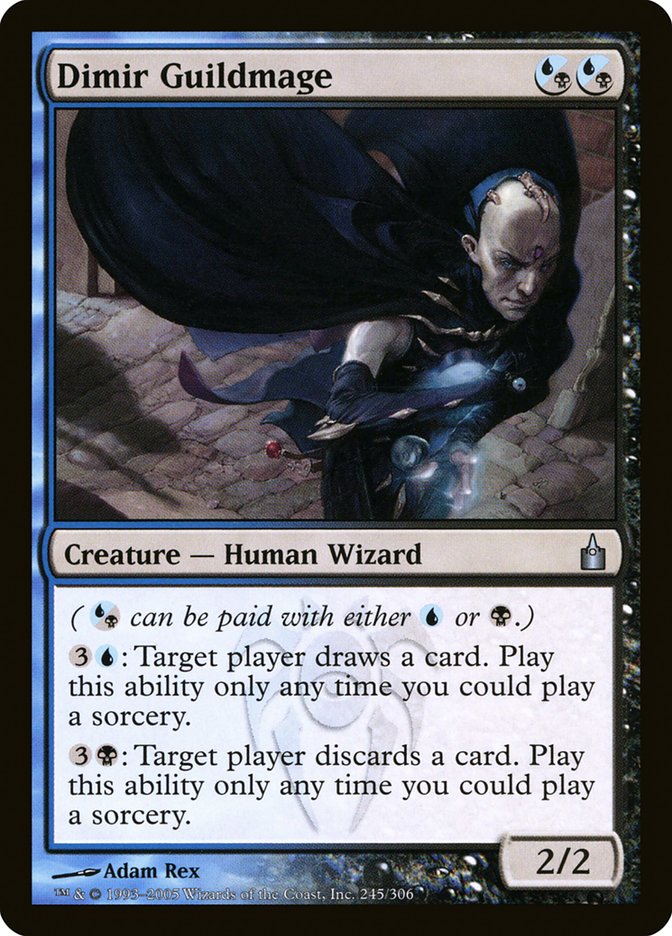

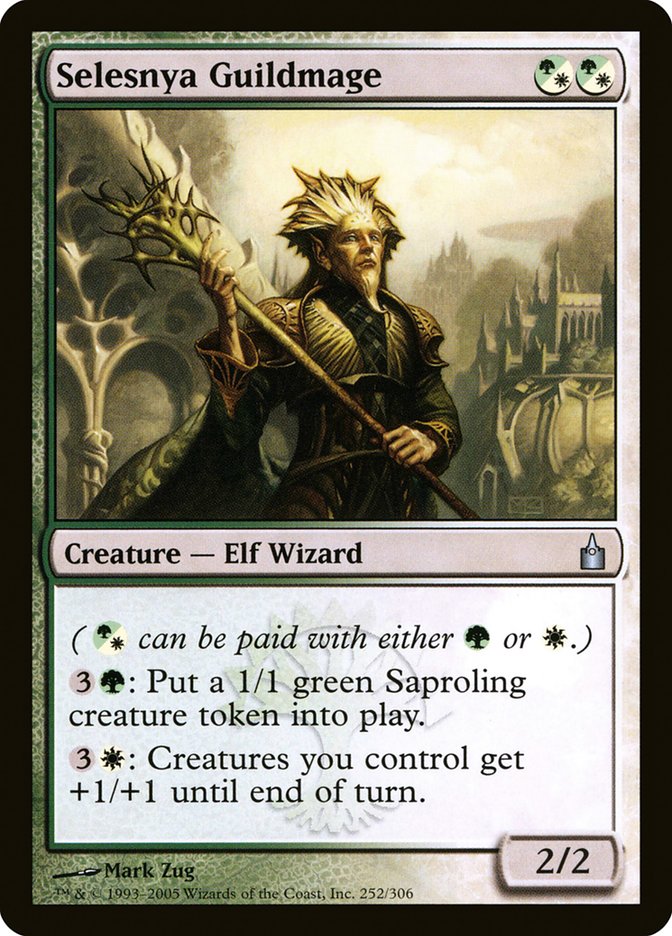
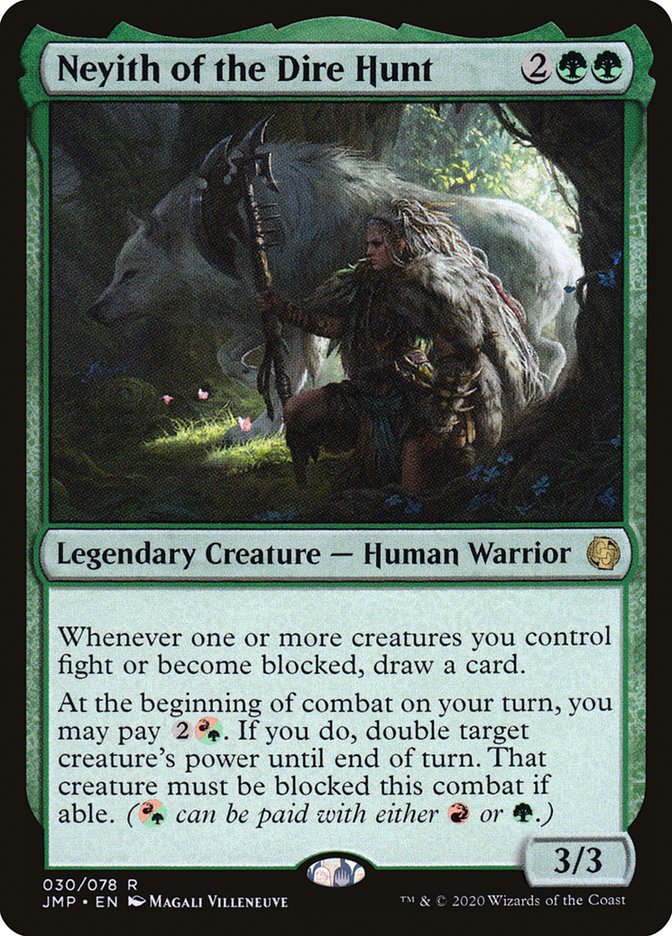
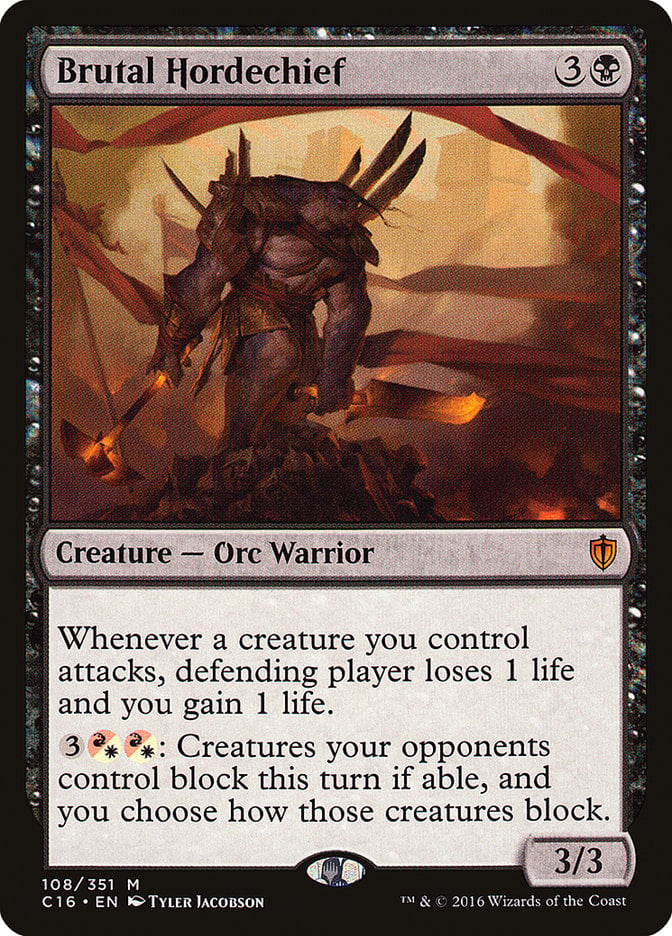


Add Comment